In the search for best grease for U joints and ball joints, this comprehensive review provides a selection of top-performing lubricants to ensure optimal maintenance of your vehicle’s driveline components. Whether you require grease for the U-joints of your driveshaft or a specialized formula for wheel bearing grease, these recommendations span a range of applications including high-pressure situations and metal to metal contact. Each product has been evaluated for its viscosity, pressure grease capabilities, and lubrication quality, ensuring you choose the type of grease that’s right for you. From lithium grease to chassis grease, and considering factors like the need to reapply at every oil change, this review will guide you to the grease you use with confidence, even in heavy-duty grease requirements.
Are you looking for the best grease for ball joints and U joints but can’t seem to find the right one? Do you feel lost when circling through all the available options at your local store or online? Well, don’t you worry, because I’ve got you covered with this post! Today, I’ll share a list of leading grease products for 2025, with the perfect price-quality ratios. They are high-quality, easy to use, and long-lasting.
Without proper grease, your ball bearings will wear down, and, eventually, you’ll have to replace them. They can be quite expensive (up to 500 bucks), which is why it’s so important to use the right kind of ball joint grease and do that regularly. In this post, we’ll take a look at four options from leading companies with perfect reputations.
As a bonus, I’ll also check out a heavy-duty, professional-level grease gun that will be a good pair to either one of these grease products. So, unless you want to do some tedious picking and go through hundreds of tubes by yourself, let’s get right to my list and see which one will be the ultimate choice
Best Grease for Ball Joints and U Joints Review
1. Valvoline – Best Grease for u-Joints
This multi-vehicle red grease is very well capable of resisting heavy loads, thanks to moly fortification. That makes it a good pick for many types of joins, but the so-called “U joints” are its specialty. Valvoline’s synthetic ball joint grease easily handles trailers, trucks, and everything else in between. Add water and temperature resistance, and you’ll get yourself a bargain.
More importantly, this lube has protection against corrosion and rust and won’t become useless over time. The tube is long and thin and will fit most grease guns out there. According to the manufacturer, the Valvoline red grease has a working temperature range of -60 to +425 Fahrenheit. With this product, you can forget about dripping and drying. The price-tag is a bit too high, though.

Valvoline’s grease is versatile, flexible, and easy to use. It can handle the extreme pressure and will be a good fit for any heavy-duty hardware/vehicle you’ve got in your garage. Add water, temperature, rust, and corrosion resistance, and you’ll see why I decided to put it on today’s list of the best grease products. If only the price was a bit lower…
2. Red Line – Best Grease for CV Joints
Constant-velocity (CV) joints, AKA homokinetic joints, require high-quality grease to properly operate. And for that task, Red Line’s lube will be a good pick. It includes oxidation, corrosion, and water resistance, as well as anti-wear protection and a red moly compound. The pros also include performance in high temperatures, pressure protection, and longevity.
Red Line Synthetic CV-2 withstands -100 degrees Fahrenheit. The upper limit is 500 degrees F – no other grease on my list can match that kind of temperature stability. Low oil separation and evaporation are also a part of the deal. This product will be a good fit not only for your monster truck or SUV, but also for sports vehicles, motorcycles, and snowmobiles.

Summing up, Red Line’s CV-2 grease is, indeed, a good choice for CV joints. It easily handles extremes temperatures and is well-protected against wear. On top of that, this is a reasonably-priced product. However, it might not necessarily be compatible with other greases you own (especially non-synthetic types).
3. Royal Purple – Best Grease for Moog Ball Joints
Got some Moog ball joins that you need to lubricate? Then I recommend taking a closer look at the Royal Purple grease. It is very smooth, lasts for a long time, and it won’t take you much effort to apply it. Corrosion, rust, and extreme pressure aren’t a problem for this product. With it, your bearings will stop vibrating, which will extend their expected life spans.
I’m not very happy with the shelf life of this Royal Purple grease, however. One year is a short time for these kinds of products, and mostly, they can “stick around” for longer. Still, this multi-purpose synthetic grease is one of the obvious leaders, especially if you’re dealing with Moog ball joints.

The Royal Purple grease can withstand pressures up to 6K psi and is protected against corrosion, oxidation, and water. As a multi-purpose product, it can be a good choice for owners of several vehicles and some hardware that needs to be lubricated. Strangely enough, this lube’s shelf life (when you put it away and stop using it) is only a year. Furthermore, the color sometimes drips out of the gun and creates a mess of things.
4. Lucas Oil – Best Grease for Ball Joints
According to Lucas Oil, its product lasts four times longer than the average grease. And while that’s pretty hard to confirm or deny, I can definitely say that it’s equally suited for hot and cold temperatures. Yes, this grease isn’t “afraid” of a harsh Canadian winter or a hot Brazilian summer, which is a big pro. That means there will be no hardening or bleeding (that does sometimes happen with lower-quality grease).
Plus, this is a moderately waterproof product, and you won’t have to worry about water getting in there and ruining your bearings. The Lucas Oil lube was specifically made for high-speed bearings and perfectly fits industrial, heavy-duty, and, of course, automotive applications. Furthermore, 10301 doesn’t dry immediately (say, if you leave your SUV in the garage for a week or two), forcing you to apply more of it to get the desired effect.

I named Lucas Oil 10301 the best grease for ball joins because it easily handles a hot day in Arizona (where the temperature can go over 115 degrees Fahrenheit). It doesn’t leak and make a mess of your Jeep. So, if you’re looking for high-quality lubrication for your vehicle, this product might be right up your alley. The only downside: sometimes, the tubes are dented upon arrival (nothing too serious, of course).
Best Grease for Ball Joints (Updated April, 2025)
| Product | Product Information | View on Amazon |
|---|---|---|
|
1) Valvoline |
|
|
|
2) Red Line |
|
|
|
3) Royal Purple |
|
|
|
4) Lucas Oil |
|
|
|
5) STEINBRÜCKE Bravex |
|
Conclusion
In conclusion, the quest for the best grease for u-joints and ball joints can be likened to ensuring the longevity and reliability of a well-oiled machine. Whether it’s for universal joints on your driveshaft or the delicate balance of your vehicle’s suspension system, understanding the type of grease—from lithium grease to wheel bearing grease – plays a pivotal role in maintenance. Lubrication is not just a routine; it’s a necessity that wards off the inevitable metal to metal contact which can be costly. When selecting a grease, consider its viscosity, pressure grease capabilities, and whether it’s meeting NLGI grade standards. Remember, every oil change might be an opportunity to inspect and add grease to the u-joints, ensuring your driveline remains in top condition. Whether you’re reaching for chassis grease, heavy-duty grease, or something specialized like Lucas Red and Tacky, make sure it’s suited for the high-pressure and, in some cases, high speed bearings of your vehicle. Grease would indeed come as a savior, preventing metal to metal wear and tear and extending the life of your driveshaft u-joints.
FAQ
1. What is the best type of grease for u-joints?
The best type of grease for u-joints is often a heavy-duty grease that can withstand high pressure and protect against metal to metal contact. Products like Valvoline’s multi-vehicle grease or Lucas Oil’s grease are excellent choices.
2. How often should I apply grease to my u-joints?
It’s recommended to apply grease on the u-joints with every oil change or as specified by your vehicle’s maintenance schedule. However, always consult your vehicle’s manual for specific guidance.
3. Can I use the same grease for my ball joints and wheel bearings?
While some greases are multi-purpose, it’s important to use a grease specifically formulated for the application. Wheel bearing grease is designed for high speed and high-temperature environments, which may differ from what’s required for ball joints.
4. How do I know if the grease is compatible with my vehicle?
Check if the grease is meeting the NLGI grade suitable for your vehicle, and ensure that its specifications match those recommended by the vehicle manufacturer.
5. Can I mix different types of grease?
Mixing different types of grease can sometimes lead to reduced effectiveness or even damage. It’s best to clean out old grease thoroughly before applying new grease.
6. What does ‘2 grease’ or ‘1 pump’ mean when applying grease?
These terms generally refer to the amount of grease dispensed with each stroke of a grease gun. “1 pump” might be sufficient for small fittings, whereas “2 grease” pumps could be necessary for larger or drier joints.
7. How does temperature affect the type of grease I should use?
Grease is affected by temperature, with high-speed bearings requiring a grease that can maintain its consistency under varying thermal conditions. Greases like Red Line Synthetic can withstand extreme temperatures, making them suitable for a wide range of climates.
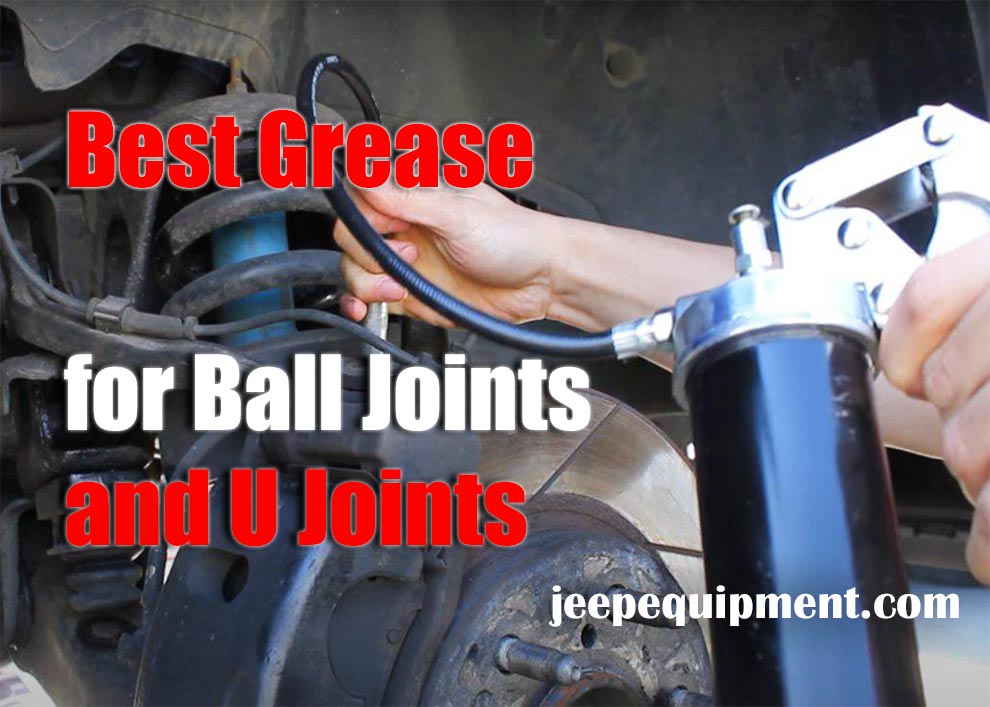
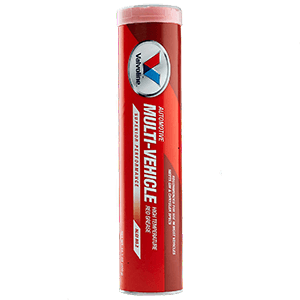
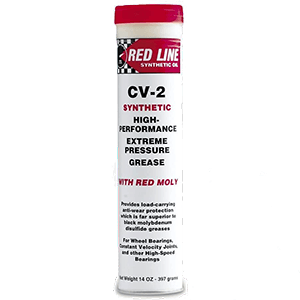
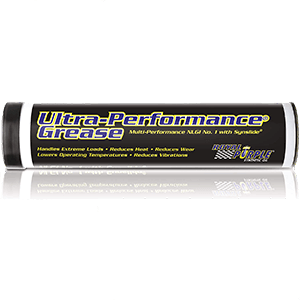
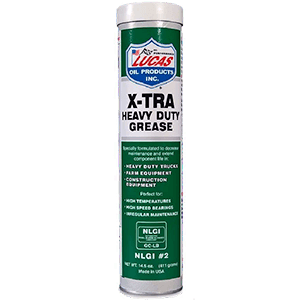
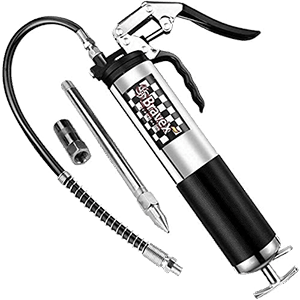
Add Comment